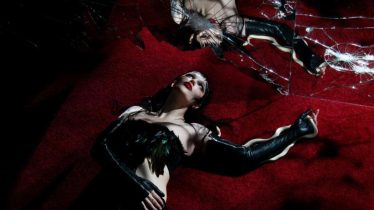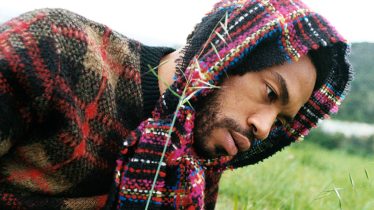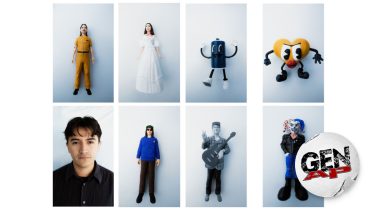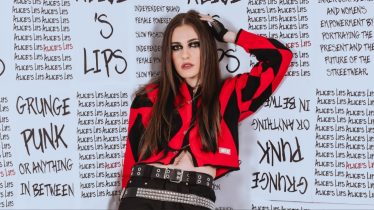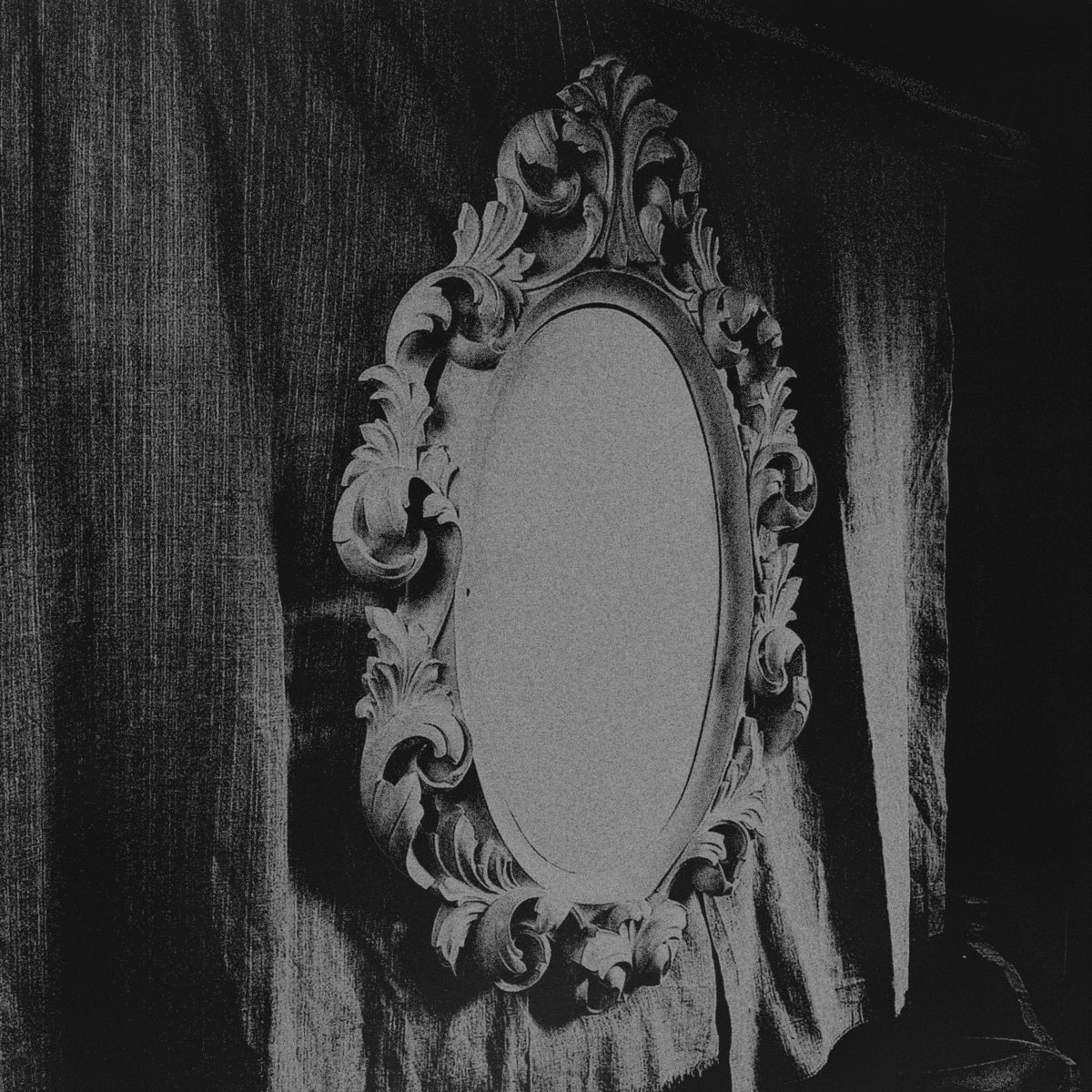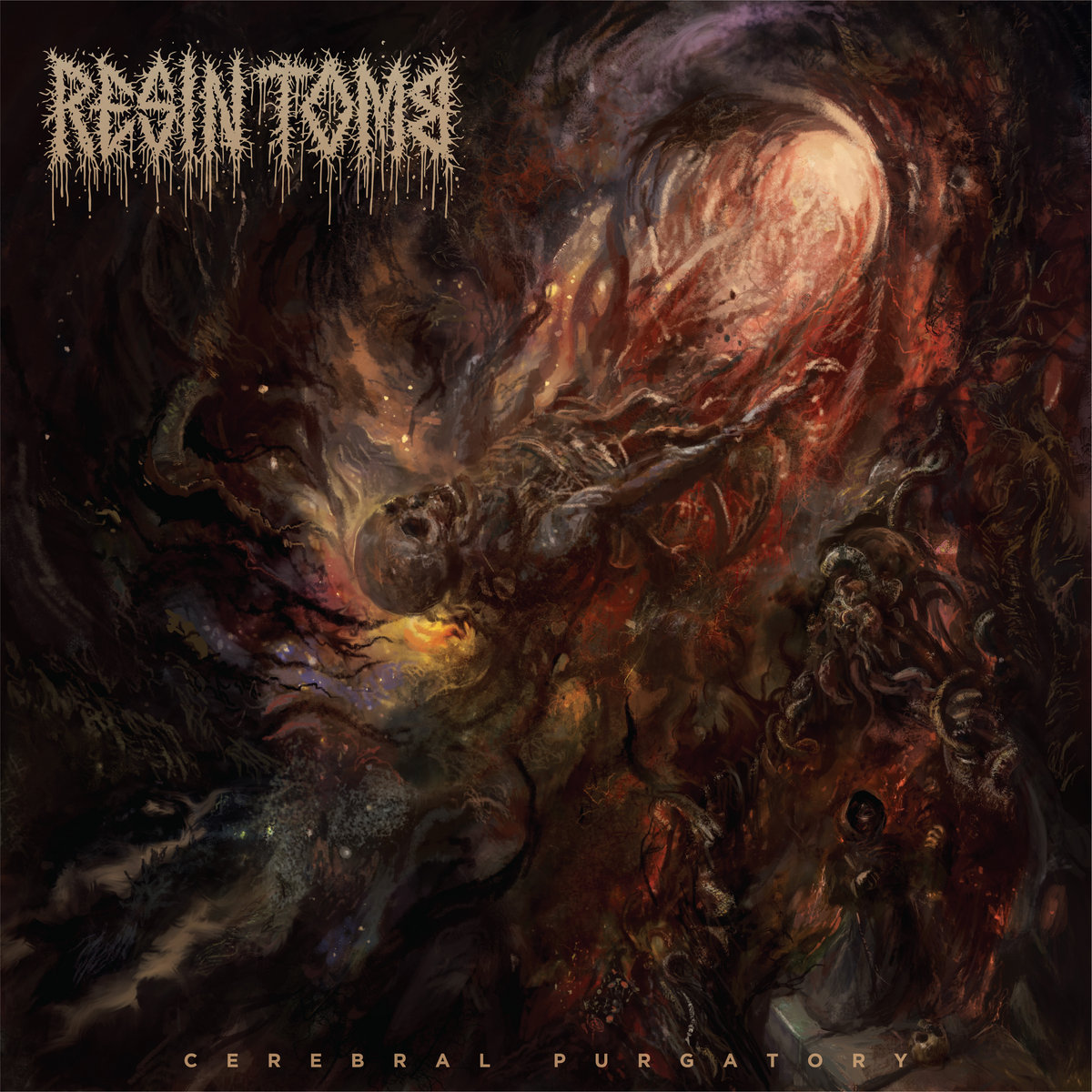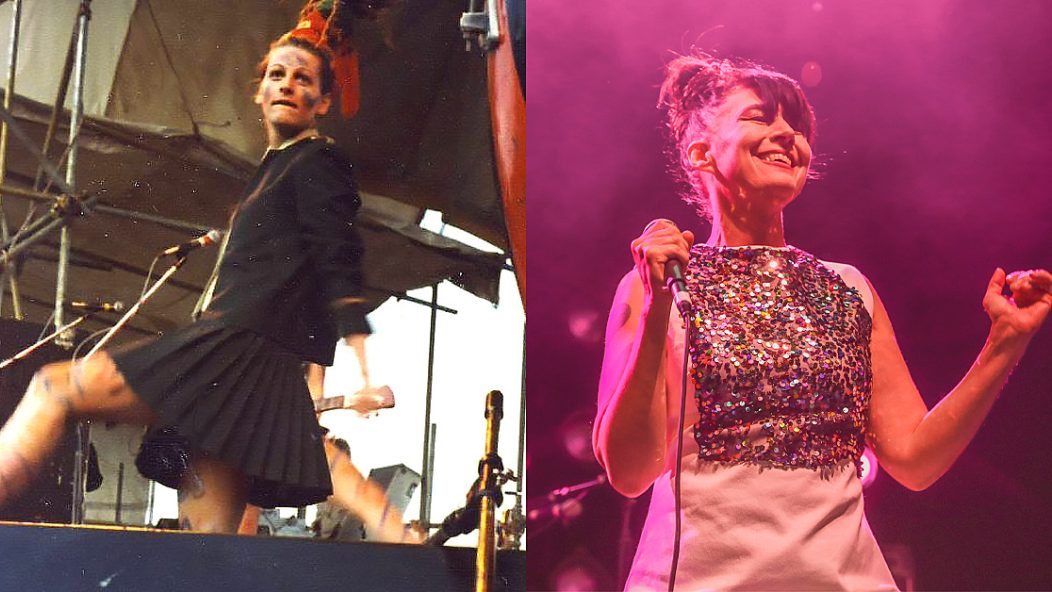
Why punk was never supposed to be sexy
In the 1970s, nothing was going right. Governments were repressive, war raged on, women weren’t treated as equals and calls for change were met with a shrug. No matter how much people protested, rioted and screamed, it was hard to get someone to listen.
That’s where punk came in. Punk protested everything about the everyday. Clothes, music and haircuts refuted the norm and forced people to question what’s so great about conformity anyway? The genre showed how defying expectations was a form of protest. Its popularity spread across the globe because people wanted change, and at its core, punk aimed for revolution.
The capacity for change is what drew in ’70s women. They were living with a lack of equality and a government that refused to listen under the guise of florals and pastels. Punk, and diverting themselves from societal expectations, encouraged women to fight for change. The genre’s popularity fluctuates, but it peaks when there’s unrest, which explains its resurgence in 2022. Compare today to the ’70s and it’s scarily similar. There’s war, exploitative governments and women’s rights are under threat once again.
Read more: The Linda Lindas on playing Riot Fest and equality in the industry: “Punk is for everybody”
Women’s relationship with punk has evolved over the past 50 years. Punk, whether it’s clothes or music, acted as armor, not always for protection, but as a way of going into battle with what was considered “the norm.”
Punk also encouraged women to experiment with different styles. Lucy O’Brien, whose chapter “The Woman Punk Made Me” appears in Punk Rock: So What?, wrote about how punk let women “overturn the pastel shades of post-’60s femininity and make an overt statement on a newly emerging, more aggressive understanding of female sexuality.” Following punk fashion, women dressed in chains, leather, latex and fishnets as well as shaved their heads to transform themselves from the expected to someone who demanded to be heard.
Many punks co-opted the fetishized style of rubber, leather and the now-classic bondage trousers; not in a bid to look sexy or fulfill a male fantasy but in a refusal of submission. Akin to today, women wear lingerie as normal outerwear, not in pursuit of a sexier appearance but as a way to destigmatize oversexualization when they wear lace.
Women embraced the androgyny of punk, too. A lot of the time, it liberated women from the male gaze and blurred the difference between genders, as Gerfried Ambrosch writes in Refusing to Be a Man: Gender, Feminism, and Queer Identity in the Punk Culture. Androgyny demonstrated how much gender didn’t matter, especially when people couldn’t distinguish a woman wearing leather and eyeliner from a man wearing the same outfit. With the help of androgynous style, punk helped to push the idea that everyone should be respected. It allowed women, even momentarily, to exist outside of the tiny box society used to define them.
Although androgyny wanted to make gender differences blurry, it didn’t prevent attacks against women. Viv Albertine, guitarist for the Slits, recalled in an interview for the documentary Girls Will Be Girls: Women in Punk how she was “attacked and spat at many times… It was just a part of everyday life.” Dressing in a feminine way meant women were belittled and targeted as “weak,” but dressing more androgynously meant women were attacked for not conforming. Regardless of how women presented themselves, attacks didn’t stop, and they still haven’t. Globally, nearly one in three women will experience physical and/or sexual violence at least once.
The original wave of punk wasn’t ineffective. Throughout the ’70s, women stood up for equality at work and home, marched for street safety and, thanks to Ruth Bader Ginsburg, women who were attacked or raped were officially regarded as human beings instead of their husband’s property. In 1973, Roe V. Wade was discussed for the better, and women were given access to safe abortions. There was so much change, but it wasn’t nearly enough. As we now know, we need to get back to fighting because the overturning of Roe v. Wade has catapulted us back to a time when we didn’t have rights over our own bodies.
The ’90s was a time of great change for women, but in the media and wider society, their achievements were downplayed. In her book 90s Bitch: Media, Culture, and the Failed Promise of Gender Equality, Allison Yarrow showed how in the ’90s, society “reduced women to their sexual function to thwart their progress.” In a similar way today, women are continually underpaid in comparison to their male counterparts, and, as seen with the rise of #MeToo, women’s successes have been tainted by the sinister motives of men.
In the ’90s, a growing frustration with sexism throughout the world birthed the riot grrrl movement. Kathleen Hanna of Bikini Kill set out the riot grrrl manifesto in BIKINI KILL ZINE 2 in 1991. In it, she laid out the motives behind the movement, including: “BECAUSE we are angry at a society that tells us Girl = Dumb, Girl = Bad, Girl = Weak.” Riot grrrls ignited third-wave feminism and empowered women to mobilize themselves for social change on a broader scale. Riot grrrls encouraged women to speak out against inequalities, concerns and gender-based violence. Talking more about these issues publicly may have even contributed to the passing of the Violence Against Women Act in 1994.
The act transformed the way gender-based violence was viewed. In addition to creating the Office on Violence Against Women, the bill required the government to study issues of stalking, sexual assault and intimate partner violence. However, during the 2018-2019 government shutdown, the act expired and wasn’t brought back into law until 2022. Even then, it faced substantial opposition.
Whether it’s the ’70s, ’90s or 2022, women continue to be a target of inequality. It isn’t surprising that punk has resurfaced in fashion, music and attitude. But whether it’s punk, or another form of protest, women are continually having to don the armor and battle this continuous war of inequality.
In 2022, the resurgence of punk arrives in the wake of #MeToo, Roe v. Wade’s overturn and the ongoing attacks on women, LGBTQ+ people and nonbinary individuals. In the mainstream artists and underground, the music has returned to the airwaves, and the clothing of leather, chains and fishnets are back in our wardrobes. The return to punk isn’t just a fashion trend — it is a signifier of the need for change. It’s not to say that punk fashion cannot be a style choice, but it is to say that punk dripping into the mainstream and the music regaining popularity is a signal toward widespread unrest.
Punk has become a fundamental cultural attitude that society invokes when rebellion is necessary. Punk’s return could be interpreted as a bad omen. But instead, punk demonstrates our society’s tenacity in finding ways to express our discontent — in fashion, art, music culture and attitude. Yes, punk is a style, and it can be sexy and alluring, but it’s so much more than that. Punk, in all mediums, is armor for change.
